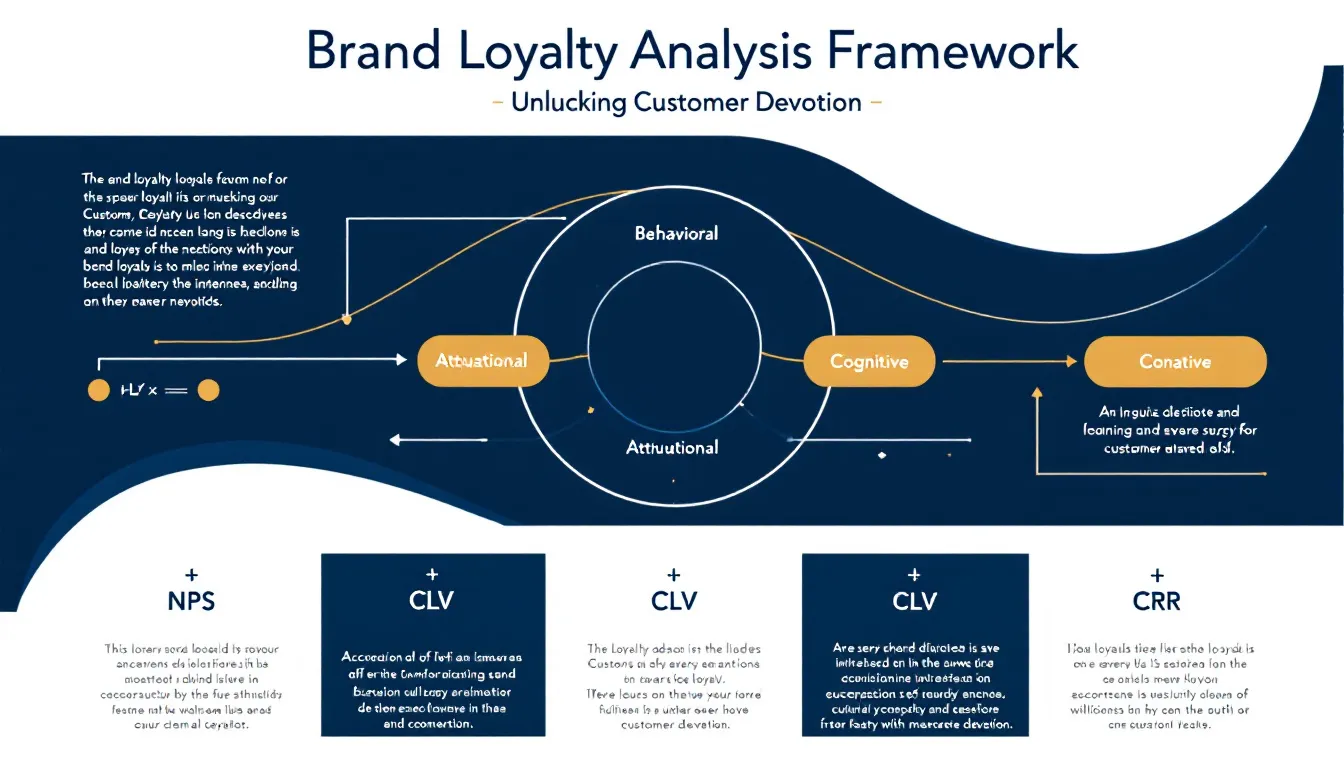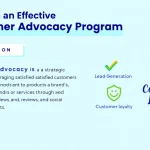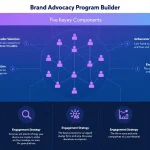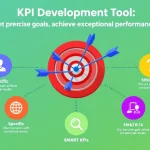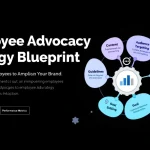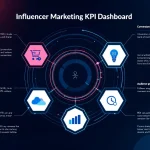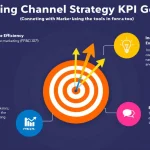Is this tool helpful?
How to Use the Brand Loyalty Analysis Tool Effectively
To get the most from this brand loyalty analysis tool, provide accurate and clear information in each field. Below is a guide on what to enter, along with examples different from those in the form.
Required Fields
- Brand Name: Enter the full name of your brand. For example, use “GreenLeaf Organics” or “Urban Style Apparel”.
- Industry Sector: Specify the main industry for your brand. Examples include “Health & Wellness” or “Fashion Retail”.
Optional Fields for Richer Insights
- Current Metrics: Include existing performance indicators like “Repeat Purchase Rate: 74%, Customer Satisfaction Score: 4.3/5”.
- Target Audience: Describe your key customer groups, such as “Young professionals aged 22-35, environmentally conscious”.
- Brand Promise: State your brand’s central commitment, for example, “Offering premium eco-friendly products that enhance daily living”.
What is the Brand Loyalty Analysis Tool?
This brand loyalty analysis tool helps you measure and understand how your customers stay loyal and become advocates for your brand. It combines key loyalty drivers, such as purchase behavior and emotional connection, into actionable insights. Using this tool assists you in identifying strengths and weaknesses in your customer relationships, enabling you to develop targeted strategies that improve retention and boost advocacy.
Purpose and Benefits
- Assess your brand’s loyalty performance based on objective metrics and qualitative data.
- Identify gaps between your brand promise and actual customer experience.
- Benchmark your loyalty levels against industry standards and competitors.
- Generate strategic recommendations to strengthen customer engagement and reduce churn.
Practical Applications of the Brand Loyalty Analysis Tool
This tool is designed to support decision-making for marketers, brand managers, and business strategists by highlighting where to focus loyalty efforts.
Retail Example
- Brand Name: “Coastal Breeze Luggage”
- Industry: “Travel Accessories”
- Current Metrics: “Customer Retention Rate: 70%, Net Promoter Score: 50”
- Target Audience: “Frequent travelers aged 30-50, middle income”
- Brand Promise: “Durable, stylish luggage built for adventure”
Technology Sector Example
- Brand Name: “SmartHome Innovations”
- Industry: “Home Automation”
- Current Metrics: “Churn Rate: 7%, Customer Satisfaction Score: 4.5”
- Target Audience: “Tech-savvy homeowners aged 35-60”
- Brand Promise: “Simplifying everyday living through intelligent technology”
Core Concepts and Metrics in Brand Loyalty Analysis
The tool evaluates several key components that influence customer loyalty, using widely recognized formulas for key metrics.
Key Loyalty Components
- Behavioral Loyalty: Tracking customers’ buying patterns and repeat purchases.
- Attitudinal Loyalty: Measuring emotional attachment and brand trust.
- Cognitive Loyalty: Assessing brand awareness and recognition.
- Conative Loyalty: Capturing the intent to repurchase or recommend.
Mathematical Formulas Used
Net Promoter Score (NPS): This metric shows how likely customers are to recommend your brand.
$$NPS = \% \text{ Promoters} – \% \text{ Detractors}$$
Customer Lifetime Value (CLV): Calculates the total value a customer brings during their relationship with your brand.
$$CLV = \text{Average Purchase Value} \times \text{Purchase Frequency} \times \text{Customer Lifespan}$$
Customer Retention Rate (CRR): Measures the percentage of customers retained over a period.
$$CRR = \frac{E – N}{S} \times 100$$
Where:
- E = Number of customers at the end of the period
- N = Number of new customers acquired during the period
- S = Number of customers at the start of the period
Additional Features for Deeper Brand Loyalty Insights
Sentiment Analysis
Your brand’s customer feedback is automatically analyzed using data from:
- Social media conversations and mentions
- Customer product and service reviews
- Support tickets and interaction summaries
- User surveys and questionnaires
Competitive Benchmarking
Compare your brand’s loyalty performance against:
- Industry-wide loyalty averages
- Similar brands within your sector
- Leading brands with best practices
Frequently Asked Questions About Brand Loyalty Analysis
What insights does this tool provide?
It reveals customer satisfaction drivers, highlights loyalty gaps, and offers recommendations to improve retention and advocacy.
How often should I analyze brand loyalty?
Perform brand loyalty analysis every quarter to monitor trends and measure the success of your actions.
Can I analyze multiple brands using this tool?
Yes, analyze brands separately and compare results to spot best practices and opportunities across your portfolio.
What sets this tool apart from traditional surveys?
It integrates multiple loyalty factors into a single analysis and delivers actionable insights, not just raw data.
Is the tool suitable for both B2B and B2C companies?
Yes. The tool adjusts its analysis framework to fit the industry and business model for both B2B and B2C brands.
Implementing Brand Loyalty Insights: Strategies for Success
Short-Term Actions
- Fix immediate customer service issues and pain points
- Improve communication across customer touchpoints
- Enhance response times and service quality
- Launch quick-win initiatives that increase customer engagement
Long-Term Initiatives
- Build comprehensive loyalty programs tailored to your audience
- Strengthen emotional connections through authentic brand experiences
- Design personalized customer journeys based on data insights
- Develop advocacy networks to amplify word-of-mouth marketing
Measuring Brand Loyalty Success With Key Performance Indicators
- Customer Retention Rate (CRR)
- Net Promoter Score (NPS)
- Customer Lifetime Value (CLV)
- Brand Advocacy Rate
- Repeat Purchase Rate
- Customer Satisfaction Score
Important Disclaimer
The calculations, results, and content provided by our tools are not guaranteed to be accurate, complete, or reliable. Users are responsible for verifying and interpreting the results. Our content and tools may contain errors, biases, or inconsistencies. Do not enter personal data, sensitive information, or personally identifiable information in our web forms or tools. Such data entry violates our terms of service and may result in unauthorized disclosure to third parties. We reserve the right to save inputs and outputs from our tools for the purposes of error debugging, bias identification, and performance improvement. External companies providing AI models used in our tools may also save and process data in accordance with their own policies. By using our tools, you consent to this data collection and processing. We reserve the right to limit the usage of our tools based on current usability factors.
